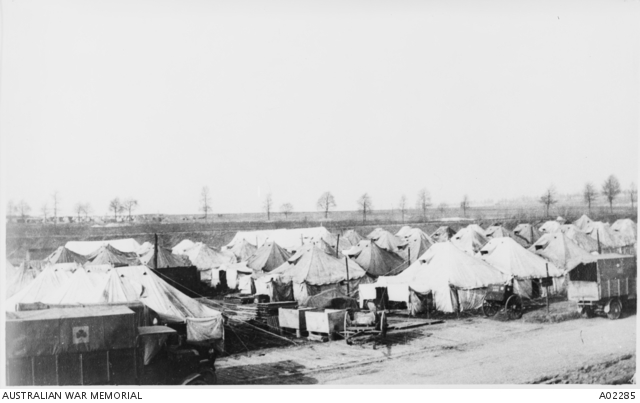William Samuel Turner
William Samuel Turner was born in 1893 to William and Edith Turner of Georgetown, in British Guiana (today known as Guyana) in South America. When the First World War broke out, William was living in Granville, New South Wales, working as a railway clerk, while the rest of his family lived in London. Having previously served in the British Territorial Forces for three years, William enlisted in the Australian Imperial Force in August 1915, aged 22 years and 10 months. Soon after, he married his sweetheart, Eva Vaughan, and embarked from Sydney with a reinforcement group for the 19th Battalion in December 1915.
William arrived in Egypt after the Gallipoli campaign had ended, so he spent the following months training at Tel-el-Kebir, where he was ultimately transferred to the 4th Battalion. Arriving in France in March 1916, William took part in the bitter fighting on the Somme near Mouquet Farm, where he was affected by shell-shock and made temporarily deaf by the heavy artillery bombardments. He was evacuated to the 26th Australian General Hospital in Ètaples, and remained there for more than a month. After re-joining the battalion in October 1916, William spent the bitterly cold winter in the trenches near the village of Flers. On 3 January 1917 a German artillery shell landed on the battalion headquarters, killing ten men and wounding three more. Among those killed was William Turner, who was 24 years old when he died.
William’s family struggled with the news of his death, living in hope that somehow a mistake had been made and that he was alive and well. In 1919 William’s father-in-law saw a small campaign endeavouring to identify an AIF soldier who had lost his memory during the war. Mr Vaughan wrote to the AIF Headquarters in London, including a photograph of his son-in-law. In November, he was informed that the man in question had since been handed over to the authorities as it has been established beyond doubt that he had never actually been part of the AIF.
William was buried in the Bull’s Road Cemetery near Flers, where he rests today. Eva, unable to visit the cemetery herself, was sent three photographs of her husband’s grave. His personal effects, consisting of a brush, a small case, bathing trunks, and a damaged photograph, were forwarded to his mother in London.
Activities for research and classroom discussion
1. Prior to the First World War, William served for three years in the Territorial Force. What was this and what do you think he did?
2. William was admitted to hospital suffering from deafness. What may have occurred to cause this?
3. William was transferred from the 3rd Australian Casualty Clearing Station to the 26th Australian General Hospital. What is the difference between a casualty clearing station and a general hospital?
3rd Australian Casualty Clearing Station at Grévillers, France, in May 1917.
4. William’s record states he was suffering from shell-shock. What is shell-shock? What are the symptoms? How was it managed or treated? Was it always taken seriously? What do we call shell-shock today? Use the following images to support your answers.
Shell-shock patients standing beside their beds in a ward at No. 3 Australian Auxiliary Hospital.
Lieutenant Frank Bethune’s order to members of his machine-gun section to occupy a defensive position near Hollebeke in Belgium, March 1918.
5. William’s wife, Eva, was sent a photograph of his grave in France. Use the National Archives of Australia website to find this photograph in his service record.
6. What does this photograph suggest about the impact of the First World War? Why would this photograph have been important to William’s mother?
7. Among William’s belongings was a damaged photograph. No record remains of the image. Of what or whom do you think the photograph might have been? Why?



